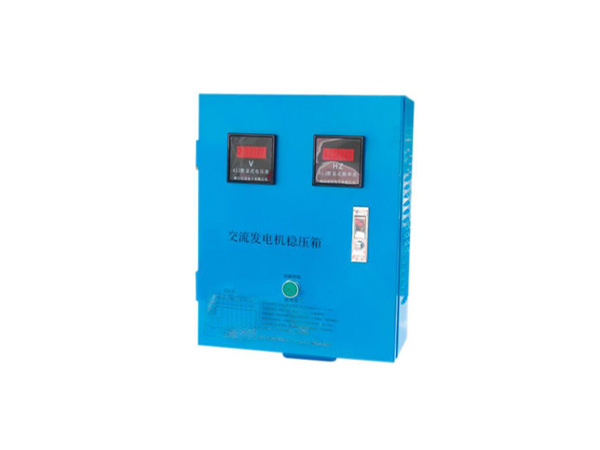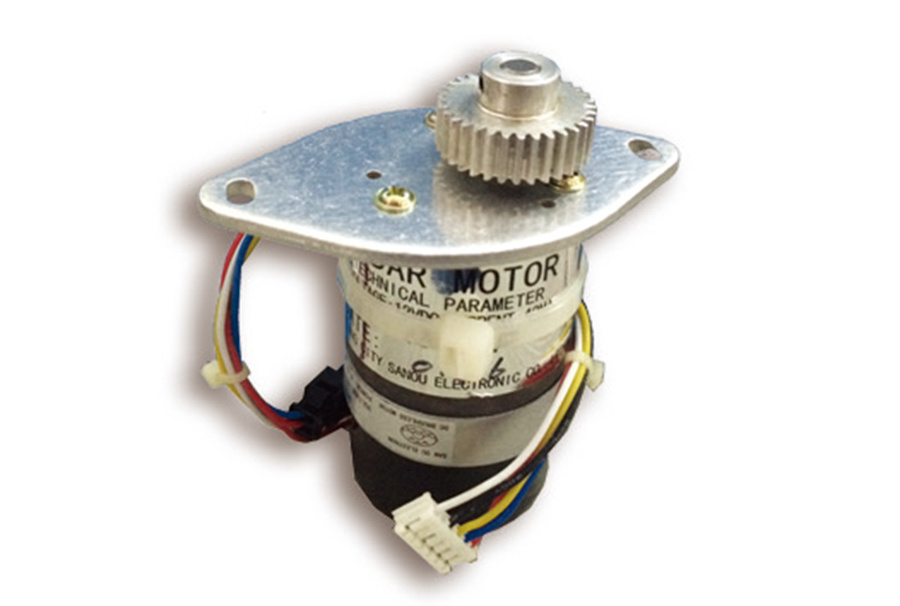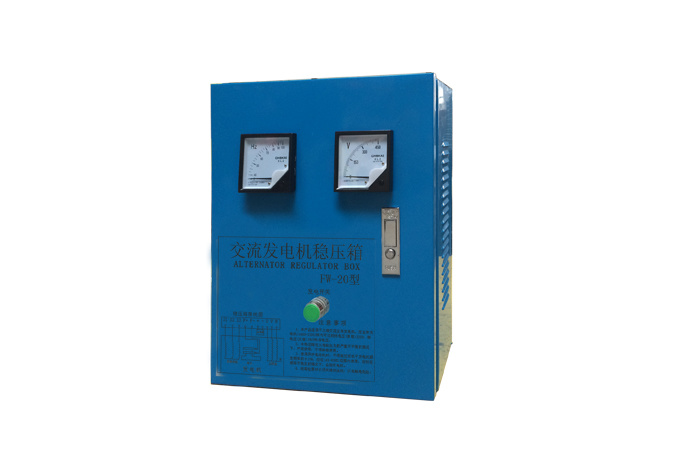News Center
Understanding DC Power Converters: Essential Insights for Network Hardware
At their core, DC power converters can be classified into two primary types: step-up (boost) converters and step-down (buck) converters. Boost converters increase the output voltage above the input voltage level, which is particularly useful in applications where higher voltage is required for specific components. Conversely, buck converters reduce the voltage to a lower level, providing the appropriate voltage needed for various digital devices. By utilizing these converters, users can optimize their hardware's performance, extend battery life, and enhance overall system stability.
One of the primary advantages of DC power converters is their ability to improve energy efficiency. By selecting the appropriate converter type and design, users can minimize energy loss during the conversion process. High-efficiency converters can significantly reduce heat generation, which is a common concern in densely packed electronic systems. This feature is especially critical in network hardware, where overheating can lead to performance issues and potential hardware damage.
Additionally, DC power converters often include advanced features such as overvoltage protection, overcurrent protection, and thermal shutdown capabilities. These safety features ensure that the connected devices are protected from power surges or abnormal operating conditions, contributing to the longevity of the entire system. This aspect is particularly important in network hardware, where reliable performance is paramount.
When selecting a DC power converter for specific applications, it is essential to consider several factors, including input voltage range, output voltage requirements, load current, and efficiency ratings. Moreover, understanding the thermal management needs and physical size constraints can help in choosing the right converter to fit within the design specifications.
In conclusion, DC power converters are vital for optimizing the performance and reliability of network hardware and computer digital products. By converting voltage levels efficiently and providing necessary protection features, these converters enhance the overall functionality of electronic systems. Knowledge of DC power converters is indispensable for professionals in the industry, ensuring that they can make informed decisions when integrating these essential components into their designs.
Related News
Understanding the Importance of a 12KVA Frequency Stabilizer in Electrical Systems
In the realm of electrical engineering, maintaining a stable frequency is crucial for ensuring that equipment operates efficiently and reliably. A 12KVA frequency stabilizer plays a vital role in managing electrical systems, especially in environments where fluctuations in voltage and frequency can lead to equipment failure or operational inefficiencies. A frequency stabilizer, as the name suggest
Discover the Unmatched Benefits of the Furuno 1832 Radar Motor for Marine Navigation
Explore the Advantages of the Furuno 1832 Radar Motor Table of Contents Introduction to the Furuno 1832 Radar Motor Key Features of the Furuno 1832 Radar Motor Performance Analysis of the Furuno 1832 Safety Benefits of Using the Furuno 1832 User Experience: Ease of Use and Installation Maintenance Tips for the Furuno 1832 Radar Motor Comparing the Furuno 1832 Radar Mot
Understanding the Functionality and Benefits of a 1 in 4 Out Signal Distributor
A 1 in 4 out signal distributor is a crucial component in various electronic systems, particularly in the realm of optoelectronics. Its primary function is to take a single input signal and distribute it evenly across four output channels. This enables the simultaneous transmission of the same signal to multiple devices or locations, which is essential in applications such as audio/video broadcast




